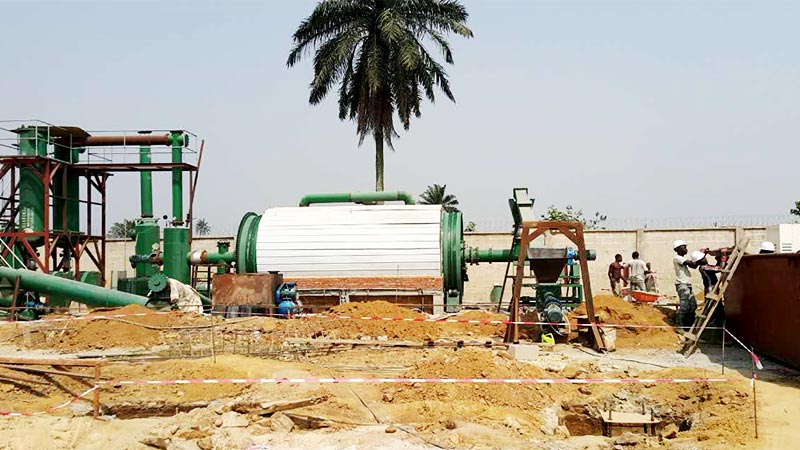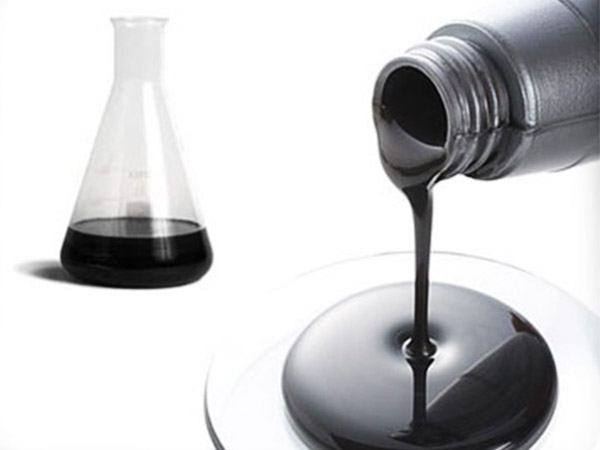Introduction:
In the quest for sustainable environmental remediation methods, thermal desorption technology has emerged as a powerful tool for effectively treating contaminated soil, sediment, and waste materials. Through controlled heating, this innovative process facilitates the removal of hazardous substances, offering a versatile and efficient solution for addressing environmental contamination. In this article, we delve into the principles, applications, and benefits of thermal desorption technology in remediation efforts worldwide.
Understanding Thermal Desorption Technology:
Thermal desorption is a remediation technique that utilizes heat to volatilize and remove contaminants from solid matrices such as soil, sediment, or waste materials. The process involves heating the contaminated material to temperatures sufficient to drive off volatile and semi-volatile organic compounds (VOCs and SVOCs), as well as certain inorganic contaminants. By volatilizing the contaminants, thermal desorption unit effectively separates them from the solid matrix, allowing for their subsequent capture and treatment.

The Thermal Desorption Process:
Thermal desorption technology typically involves the following key steps:
- Material Preparation: Contaminated soil, sediment, or waste materials are excavated or collected from the site and prepared for treatment. This may involve shredding or screening to achieve uniform particle size and improve heat transfer efficiency.
- Thermal Treatment: The prepared material is then fed into a thermal desorption unit, where it undergoes controlled heating in a specially designed chamber. Heating temperatures typically range from 200°C to 600°C, depending on the nature and composition of the contaminants. As the material is heated, volatile and semi-volatile contaminants are vaporized and driven off.
- Vapor Recovery: The vaporized contaminants are captured and transported to a treatment system for further processing. Common methods for vapor recovery include condensation, adsorption onto activated carbon, or thermal oxidation.
- Residual Treatment: Following vapor recovery, the treated material, now devoid of contaminants, is discharged from the oil sludge pyrolysis plant. Depending on regulatory requirements and site-specific considerations, the treated material may undergo additional testing or treatment before reuse or disposal.
Applications and Benefits:
Thermal desorption technology finds wide-ranging applications in environmental remediation, waste management, and industrial processes. Some key benefits of this technology include:
- Precision Treatment: Thermal desorption offers precise control over temperature and heating time, allowing for targeted removal of specific contaminants without adversely affecting the surrounding environment.
- Versatility: Thermal desorption technology can effectively treat a wide range of contaminants, including petroleum hydrocarbons, chlorinated solvents, pesticides, and PCBs (polychlorinated biphenyls).
- Reduced Environmental Impact: By volatilizing contaminants and capturing them for treatment, thermal desorption minimizes the release of hazardous substances into the environment, thus mitigating risks to human health and ecosystems.
- Site Remediation: Thermal desorption is particularly well-suited for remediating contaminated sites such as former industrial facilities, brownfields, and landfills, where traditional remediation methods may be impractical or insufficient.
- Waste Minimization: In addition to soil and sediment remediation, thermal desorption technology can be applied to treat hazardous waste materials, sludges, and drilling cuttings, thereby reducing the volume of waste requiring disposal and minimizing long-term liabilities. Check the continuous pyrolysis plant here.
Conclusion:
Thermal desorption technology represents a valuable tool in the arsenal of environmental remediation strategies, offering precision treatment, versatility, and environmental sustainability. As the demand for effective solutions to address environmental contamination continues to grow, thermal desorption stands out as a proven and reliable method for unlocking environmental solutions and restoring contaminated sites to health. With ongoing advancements and innovation, thermal desorption technology holds great promise for shaping a cleaner and more sustainable future. Let’s find related information on Beston Group here.
